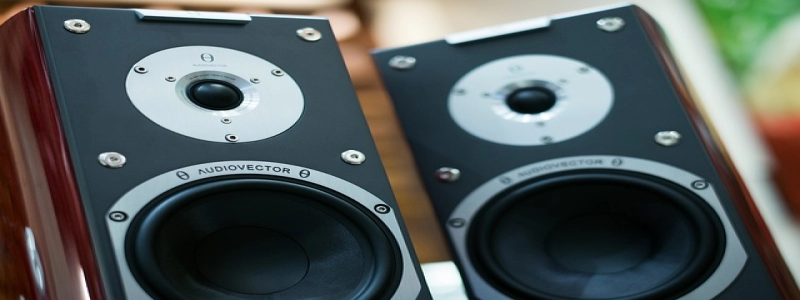RF over Ethernet
Introduction:
RF over Ethernet (RFoE) is a technology that allows the transmission of radio frequency (RF) signals over Ethernet networks. It combines the benefits of RF technology with the advantages of Ethernet, providing a flexible and cost-effective solution for wireless communication.
I. What is RF over Ethernet?
A. Definition
RF over Ethernet refers to the process of encapsulating RF signals into Ethernet packets, which can then be transmitted over an Ethernet network.
B. Advantages
1. Flexibility: RFoE allows for the integration of RF technology into existing Ethernet networks, making it easier to deploy wireless communication systems.
2. Cost-effectiveness: By utilizing Ethernet infrastructure, RFoE eliminates the need for dedicated RF cables and reduces installation and maintenance costs.
3. Scalability: RFoE can support multiple RF channels over a single Ethernet connection, enabling the expansion of wireless networks without the need for additional physical connections.
II. How does RF over Ethernet work?
A. RF signal conversion
1. Analog to digital: RF signals are converted from analog to digital format, allowing for easier manipulation and transmission over Ethernet.
2. Encoding: The digital RF signal is then encoded into Ethernet packets using protocols such as IEEE 802.3.
B. Ethernet transmission
1. Packetization: The encoded RF packets are encapsulated into Ethernet frames, which can be transmitted over Ethernet links.
2. Transmission: The Ethernet frames containing the RF packets are transmitted over the Ethernet network, using switches and routers to reach the intended destination.
C. RF signal recovery
1. Decoding: Upon reaching the destination, the Ethernet frames are decoded to extract the RF packets.
2. Digital to analog: The RF packets are converted back into analog signals for further processing and utilization.
III. Applications of RF over Ethernet
A. Wireless communication systems: RFoE can be used to extend the range of wireless communication systems, such as Wi-Fi networks, by converting RF signals into Ethernet packets for transmission over existing Ethernet infrastructure.
B. Remote monitoring and control: RFoE enables remote monitoring and control of RF-based devices and systems, allowing for centralized management and improved efficiency.
C. Wireless sensors and IoT: By integrating RF technology with Ethernet networks, RFoE facilitates the deployment of wireless sensors and IoT devices, enabling real-time data collection and analysis.
Conclusion:
RF over Ethernet is a versatile technology that brings together the benefits of RF and Ethernet, providing a seamless solution for wireless communication. With its flexibility, cost-effectiveness, and scalability, RFoE can be applied in various industries and applications, enhancing connectivity and efficiency.







